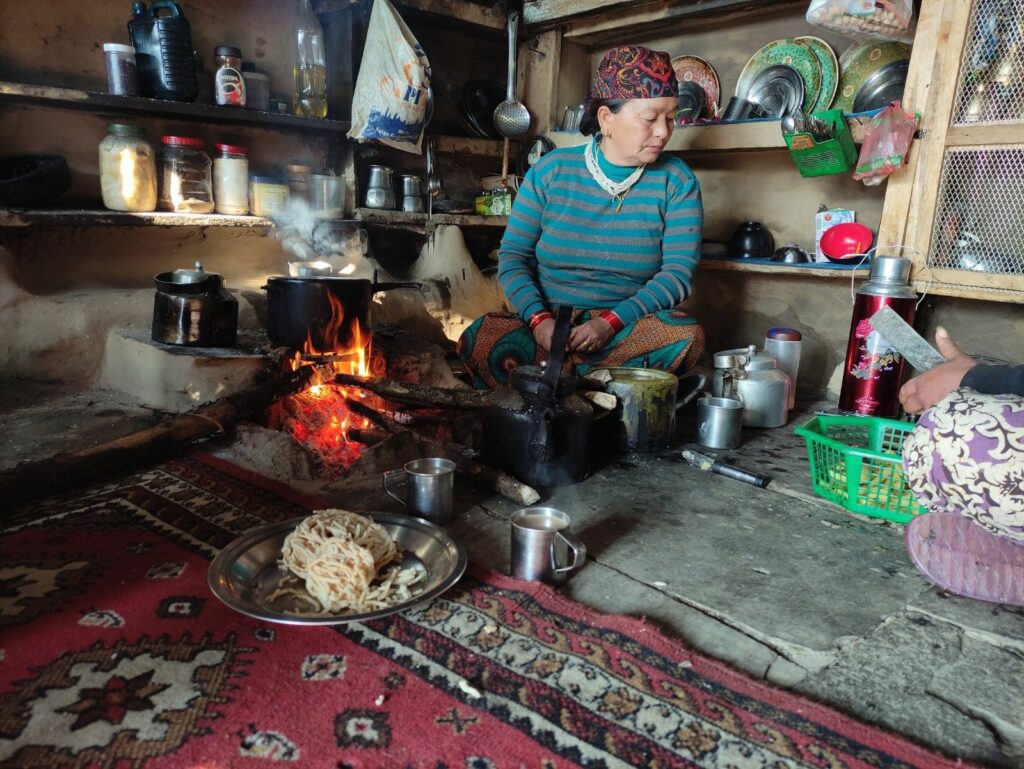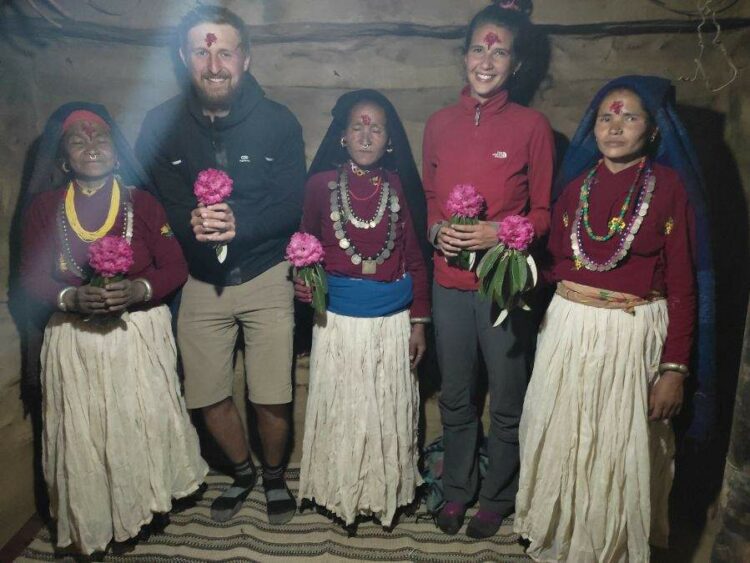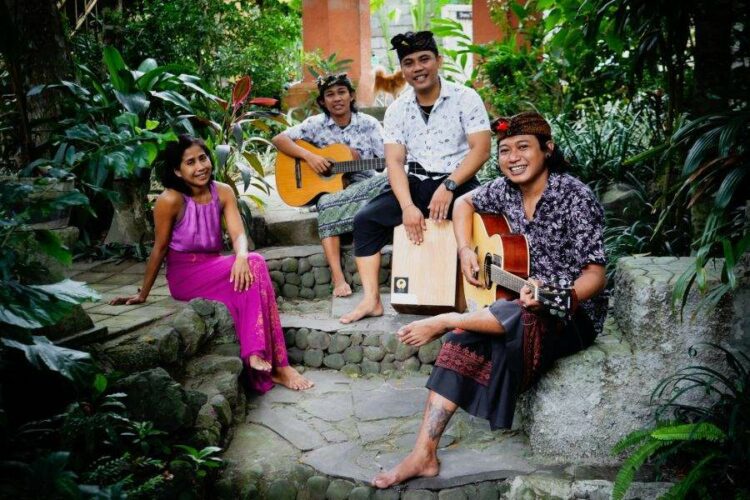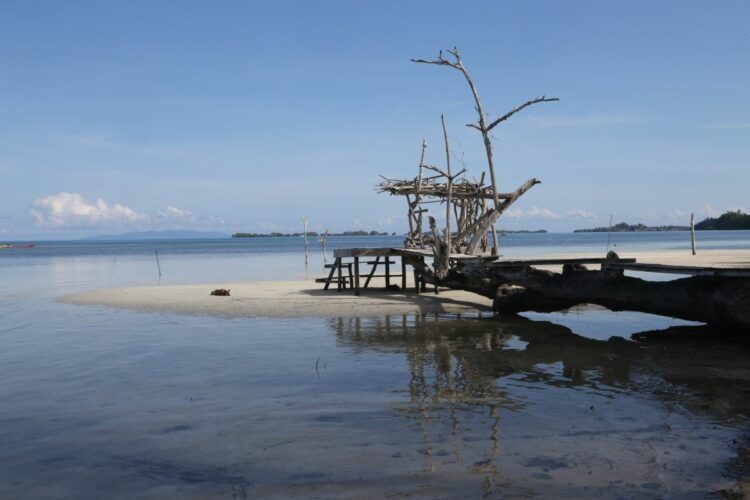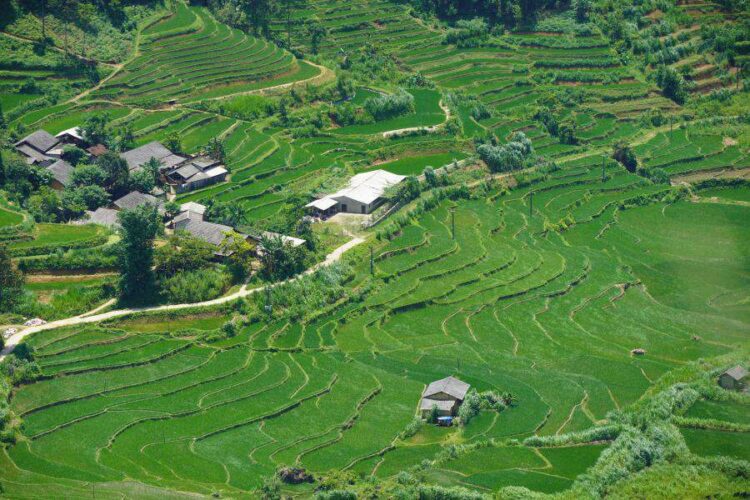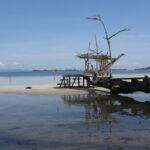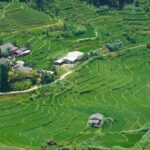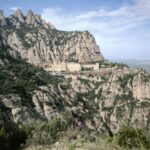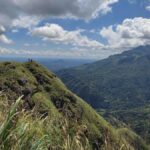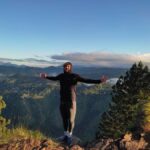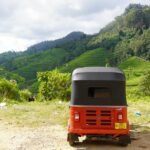General information for your trip to Nepal
A trip to Nepal is an absolute dream for backpackers and makes all our hearts beat faster. For a long time I put this country off until Naomi convinced me that now would be a good time and… Wow, we both liked it so much that we stayed for two whole months. Nepal is simply unique with its countless mountain villages, the beautiful treks, the incredibly friendly people and the Terai with its numerous wild animals. What makes this country even more special is that there are so many new things to discover off the classic tourist routes. Especially the west of Nepal still offers so many possibilities to discover places.
Journey through Nepal
Since almost everyone plans to do one of the big treks (Annapurna region, Everest region or Langtang), this is usually also a good starting point for the rest of the journey through Nepal. Those who decide to hike in the Annapurna region have the advantage that most of the country’s highlights are on the way or in the direction. In addition, it is much easier to get there without flying. Most tourism takes place from Kathmandu to Pokhara and in the Everest region around Lukla. Other regions are much more unspoilt.
Top 11 Sights in Nepal
Have we mentioned that Nepal is one of our absolute highlights? I think so, so it was particularly difficult to rank these experiences. The country as a whole is also a huge highlight. Nevertheless, we tried to put the highlights in order. Here is our result.
1) Annapurna Base Camp and Poonhill Trek
Of course, a trip to Nepal is not complete without doing one of the sweaty treks that last several days. We decided to do the hike to Annapurna Base Camp. Luckily, we were here during the Corona season and at the beginning of the season, so we were able to do the trek virtually on our own. The trek was one of the most beautiful things we both ever experienced. The trek leads up to almost 4,200 m and takes about 8 – 10 days. Everything you need to know about this unique trek can be found in our article on Annapurna Base Camp and Poon Hill.
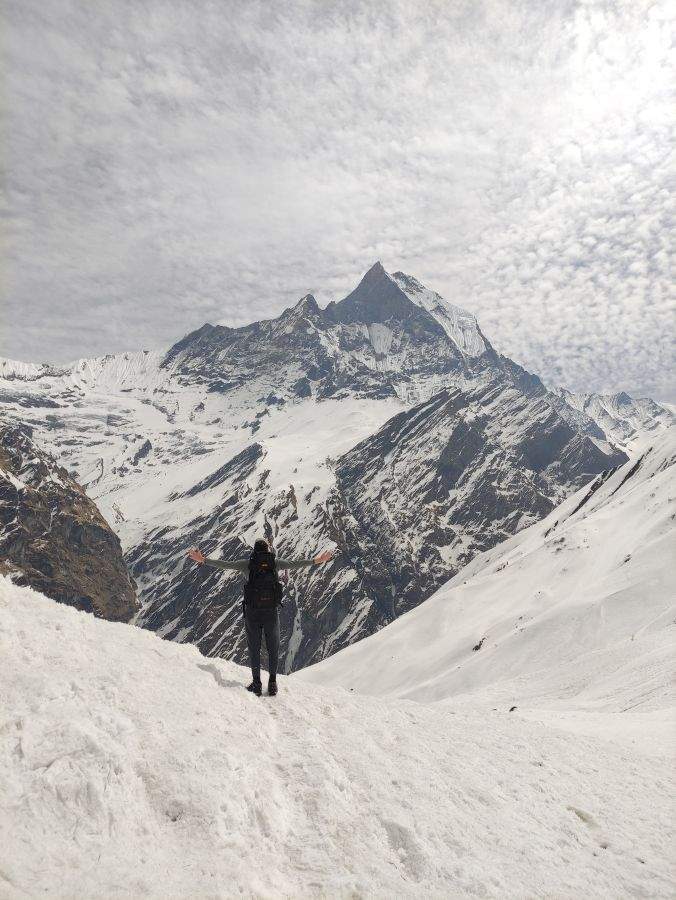

2) Hike to Rara Lake
Rara Lake is one of the more extreme adventures of our Nepal trip. In the deep west of Nepal, the clocks still tick a little differently. Before we started the hike, we had to chug 2 x almost 13 hours in four-wheel drive buses into the interior of the country and of course the same back again. Would we do it again? No! Was it great? Absolutely! So if you are looking for a real adventure you should do the hike to Rara Lake!
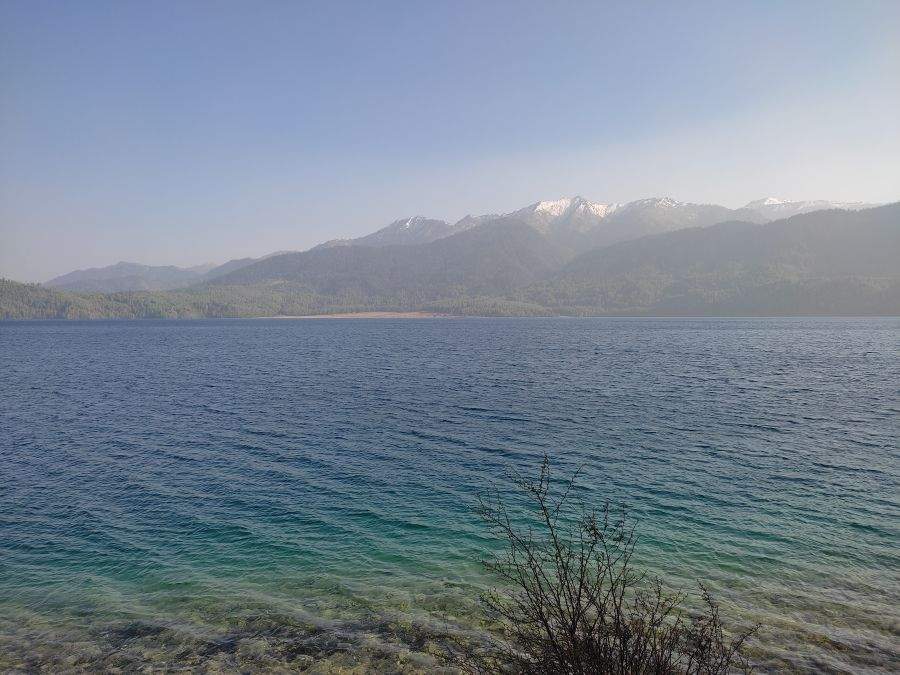

3) Maha Shivaratri Festival
Shiva’s Night is a very special festival that takes place every year at the Pashupatinath temple in Kathmandu. The temple is one of the most important in Hinduism. The festival takes place every year in February/March and has almost one million visitors. Most of them are pilgrims from all over Nepal or India. For the worshippers of the god Shiva, it is the highest festival of the year. The festival itself is incredibly exciting and we took away very intense impressions. Cannabis is smoked throughout the temple during the festival – apparently tolerated on this special day for the devotees of Shiva. You can read more about Maha Shivaratri in our article.


4) Bardia National Park
After unsuccessfully searching for tigers in Chitwan National Park, we wanted to try again in Bardia National Park. Here there is the largest tiger population in the country and again we set off on foot. Although we saw some exciting animals here again, we looked in vain for the big cat. We were not disappointed, however, as it was another great adventure and Bardia is much less touristy than Chitwan. You can read all about a walking safari in Bardia National Park in our separate article.


5) Hike to Kapuche Lake
One of the less accessible hikes is the hike to Kapuche Lake, the lowest glacial lake on earth. The hike takes a total of 4 days including 2 days for arrival and departure. Departure is from Pokhara. With a bit of luck, you can see huge avalanches crashing into the lake. The hike is ideal as a “warm-up” for one of the bigger hikes. You can find out how to get there and what you should take with you in our article on Kapuche Lake.
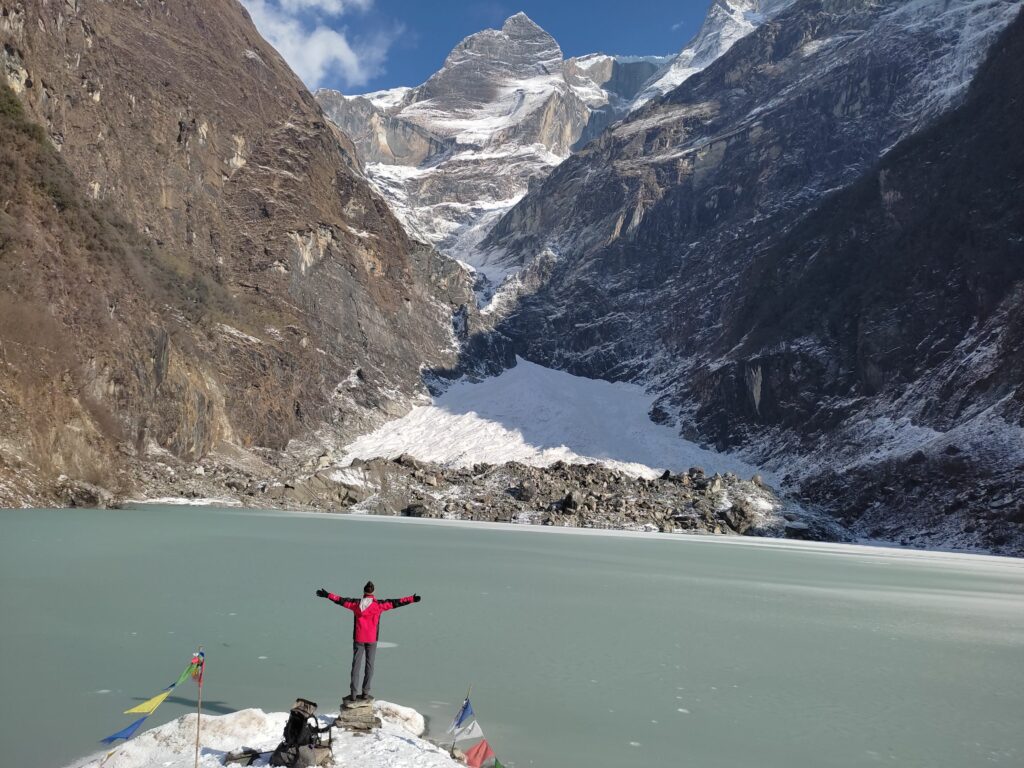

6) Kathmandu
Kathmandu absolutely captivated us, even though we are not really fans of big Asian cities. The bright colours, the delicious food and the great surroundings convinced us. Thamel is the most touristy part of town, where you can also stock up for the upcoming hikes. Besides traditional Nepalese food, you can also find a lot of Indian food and freshly squeezed juices. The Durbar Square, the various temples and the bustling market streets further contribute to a great flair. So, unlike Pokhara, the city is not for people looking to relax.
7) Holi Festival
The Festival of Colours heralds the beginning of spring in Nepal and northern India. It also celebrates the victory of good over evil. The name “Holi” comes from Holika, a demoness who was defeated by Vishnue (one of the most important deities in Hinduism) and subsequently burst into flames. At the Holi Festival there is a consistently good atmosphere, people drink and dance and throw paint bags at each other, which can be bought for a few cents on every corner. We have summarised our experience of the Holi Festival and the background on a special Holi Festival page.
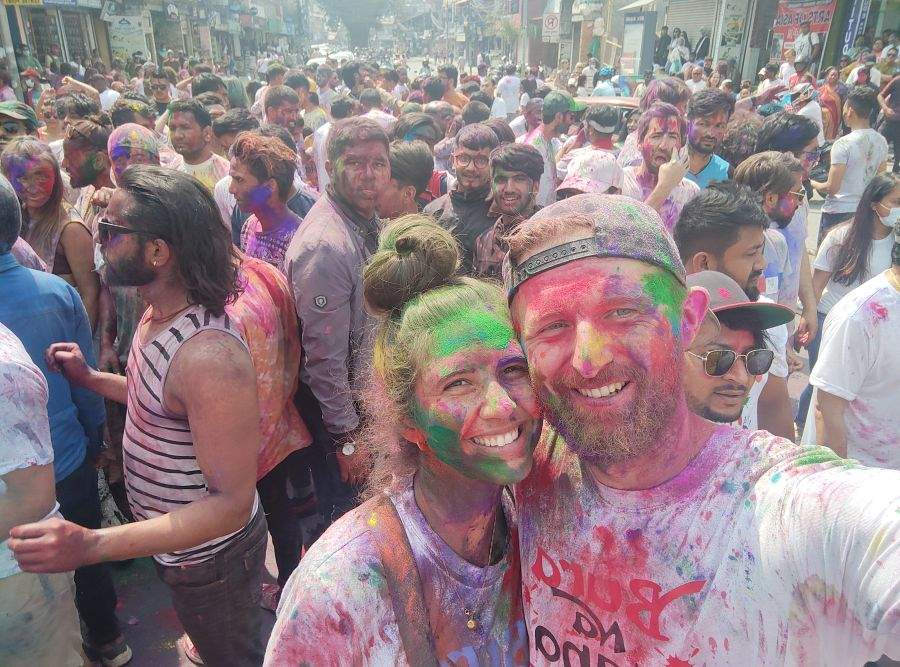

8) Pokhara
Probably the most touristy town in the country, it is an important starting point for all treks in the Annapurna region. Situated on Lake Fewa and surrounded by a fantastic mountain backdrop, the city is also a nice place to relax. Pretty much every trip to Nepal leads to Pokhara sooner or later. The location is simply idyllic. We have written down what you should know about Pokhara in another article.
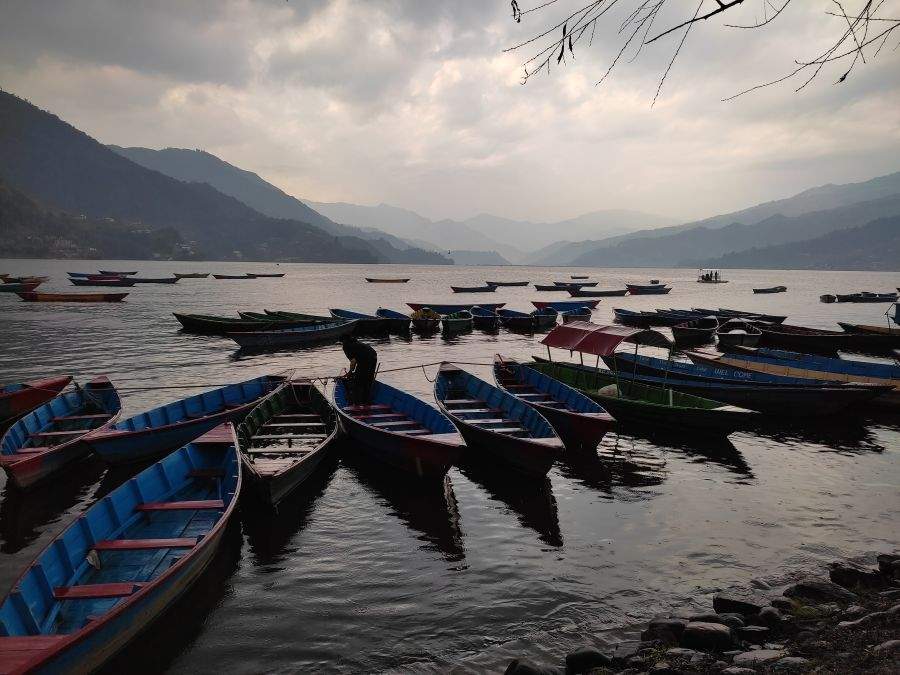

9) Bandipur
The small town is located between Pokhara and Kathmandu and impresses with a great car-free old town. The town is a great place to just drift away for 2 days and sample Nepalese cuisine and relax. Find out more about the cute little town of Bandipur here.
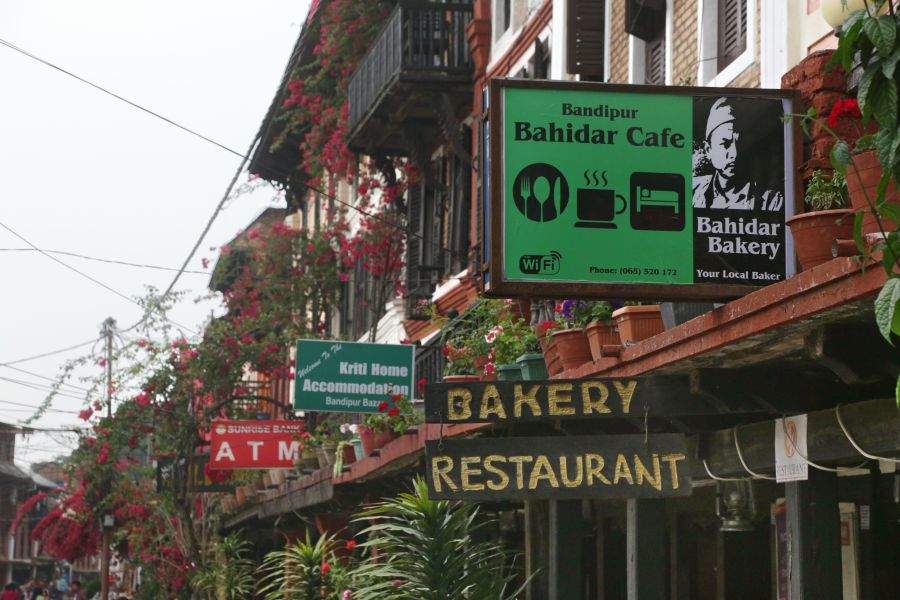

10) Chitwan National park
Chitwan National Park is actually on every tourist route. It mainly attracts visitors because of its relatively large rhino population. There are also bison, tigers, bears, crocodiles and many other animals to marvel at. But: There is of course never a guarantee and a safari on foot in Chitwan National Park is a very special experience.


11) Kalikot
Our first excursion took us from Kathmandu to nearby Kalikot. We combined this place with a small hike and were totally thrilled. Finally, it was especially exciting as we could marvel at the mountain massif in the background for the first time.
Tips for your trip to Nepal
- Have dollars or euros with you
- When you order dal bhat, you get seconds as often as you like, so no one goes hungry.
- The roads in Nepal are in bad condition, plan time for each bus ride! 30 km can take up to 6 hours.
- If you do not have trekking equipment, it is best to buy or rent it in Kathmandu.
- Depending on the season, it can get really cold in Nepal – there is no heating.
Entry into Nepal
Obtaining a visa for Nepal is relatively simple. The easiest way is to buy a Visa on Arrival (VoA) directly upon entry. There are 3 options here:
15 days : 30 USD
30 days : 50 USD
90 days : 125 USD
Please remember to take enough cash (€ or USD) with you, otherwise it may take a while, as you have decided not to accept local currency at the immigration counter. There is an ATM (which is usually out of order) where you can withdraw cash, but only Nepalese Rupiah NPR, which you then have to exchange at the exchange office, which does not buy local currency and if so, only at a very poor rate – as you can see, entry is very modest. Also, there is actually a card reader, but as we learned, this breaks down very often, like in our case. After 2 hours of persistence, they were able to repair the device and we were able to pay for the visa by credit card.
Means of transport in Nepal
In Nepal there are basically only 5 real means of transport, bus, touri-bus, minivans, jeeps and plane. Driving on Nepal’s roads is a drag, as there are very few asphalted roads. Most of the time you drive on dirt roads. Road travel is very bumpy and there is usually no legroom. It has to be said that there are significant safety deficiencies in Nepal, especially in buses. Air travel is also much less safe than in other countries.
Bus:
The standard means of transport is, as so often, the bus. The bus rides are sometimes very adventurous, especially when going into the mountains on cross-country buses. Buses are very cheap in Nepal. For example, a ride from Kathmandu to Pokhara costs €6.
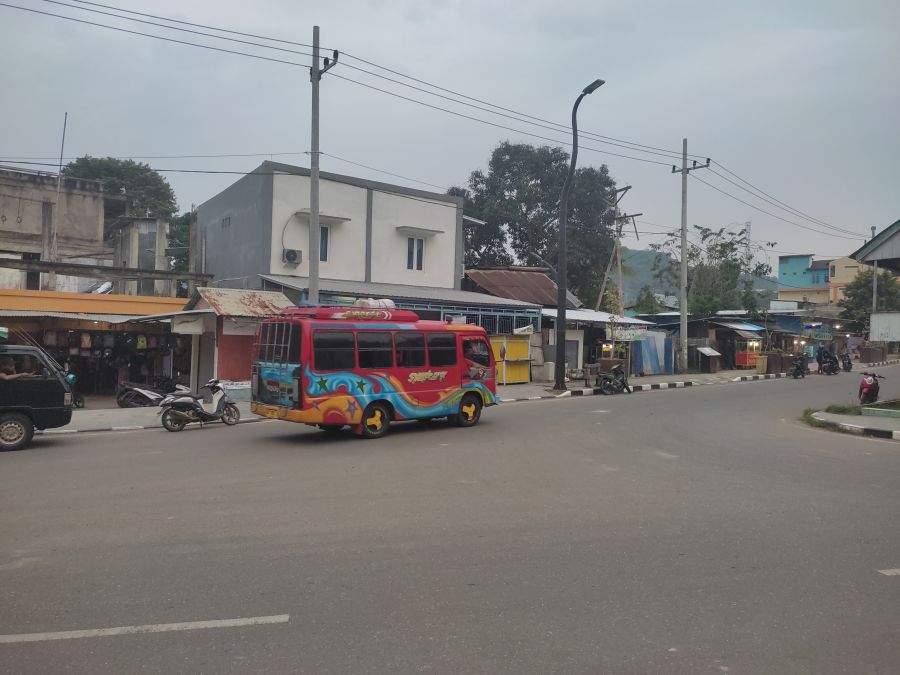

Tourist buses:
The most convenient option is the tourist bus, which runs between the most popular towns. This bus is often cheaper, as you are taken directly to your destination and do not have to get off at the crossroads and pay for a taxi or similar. However, prices vary greatly depending on demand and season.
Minibus:
Minibuses are minimally more expensive and often operate as an alternative to public buses. The advantage: they are much faster, but the legroom is often less, depending on the seat. Prices vary depending on the row of seats.
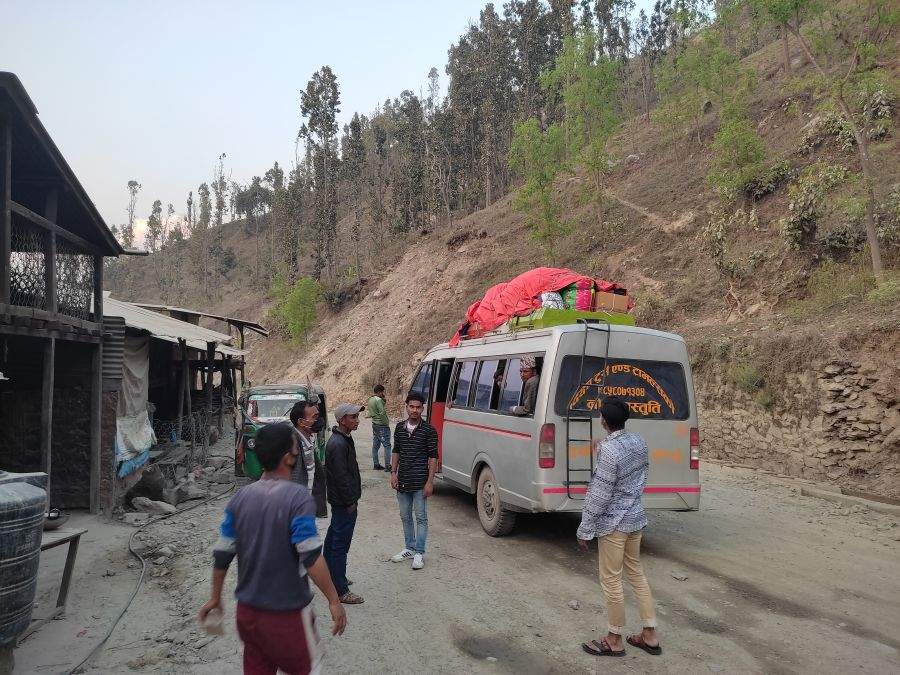

Jeep:
Especially off-road, jeeps are often used in addition to off-road buses. These are of course much faster and more comfortable, but also much more expensive.
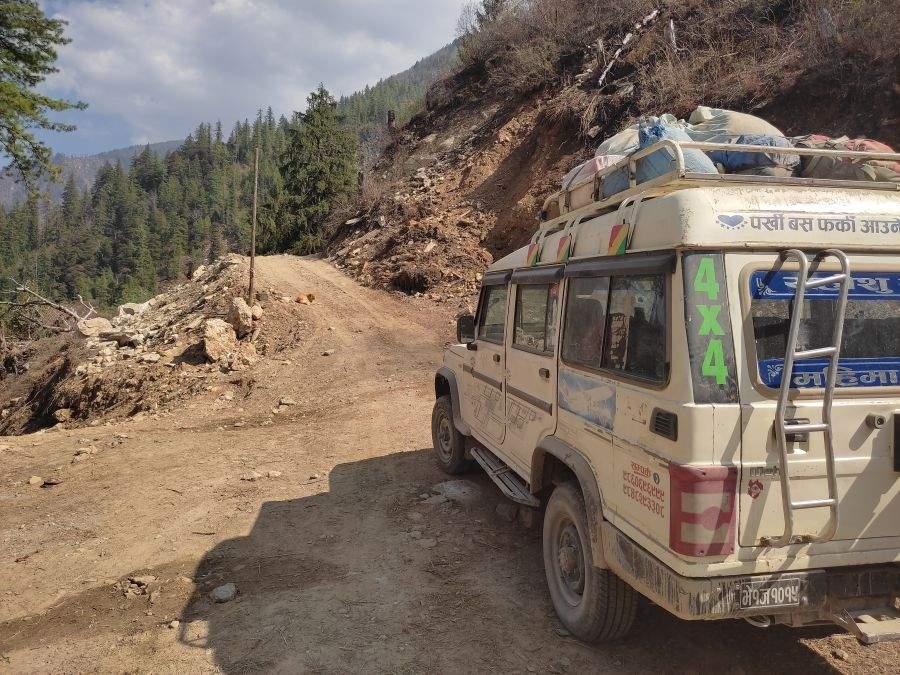

Plane:
As all places in Nepal can be reached by public transport or by hiking, we deliberately avoided flying and therefore had no experience whatsoever.
The Best Time to Travel in Nepal
The best time to travel to Nepal also depends on what you want to experience. For us, the best time to travel was February and March. This is because we were able to take in the two festivals “Shivaratri” and “Holi” and were ahead of the tourist crowds when trekking to Annapurna Basecamp. Further up, there was still a lot of snow, but we found it fantastically beautiful. In general, March to May and September to December are considered the best times to travel in Nepal.
Food guide for your trip to Nepal
Nepalese cuisine is more varied than we thought. We are particularly fond of momos. We wrote an extra foodguide for Nepal about our favorite dishes and the respective prices.
Withdraw cash in Nepal
We had to pay fees for every withdrawal in Nepal, Visa credit cards are accepted. However, there are ATMs in all major towns.
Spend the night in Nepal
Hostels and accommodation in Nepal are very cheap. Of course, as in every country, there is accommodation in Nepal in different price ranges, from $ 4 per village bed to open end, everything is there.
Country and People in Nepal
The people in Nepal were incredibly nice and accommodating. Despite the language barrier in the remote areas, we always felt welcome and the people always responded with a smile. We also particularly liked the fact that many people in Nepal are self-sufficient. They grow potatoes, carrots, onions and a spinach-like crop. The surplus fruit and vegetable harvest is pickled or made into chutneys. Cooking is done over a fireplace in the living room. The smoke always burned our unaccustomed eyes. We were also particularly impressed by the women who carried stones into the village hour after hour to build houses. To do this, they carry a basket on their backs, which is filled with stones. However, one has to make a small differentiation: In the super-touristy places of Pokhara and the Thamel district of the capital Kathmandu, people can be very pushy, apart from these places we can only report unconditional friendliness. But as always, this is an account from our perspective.
